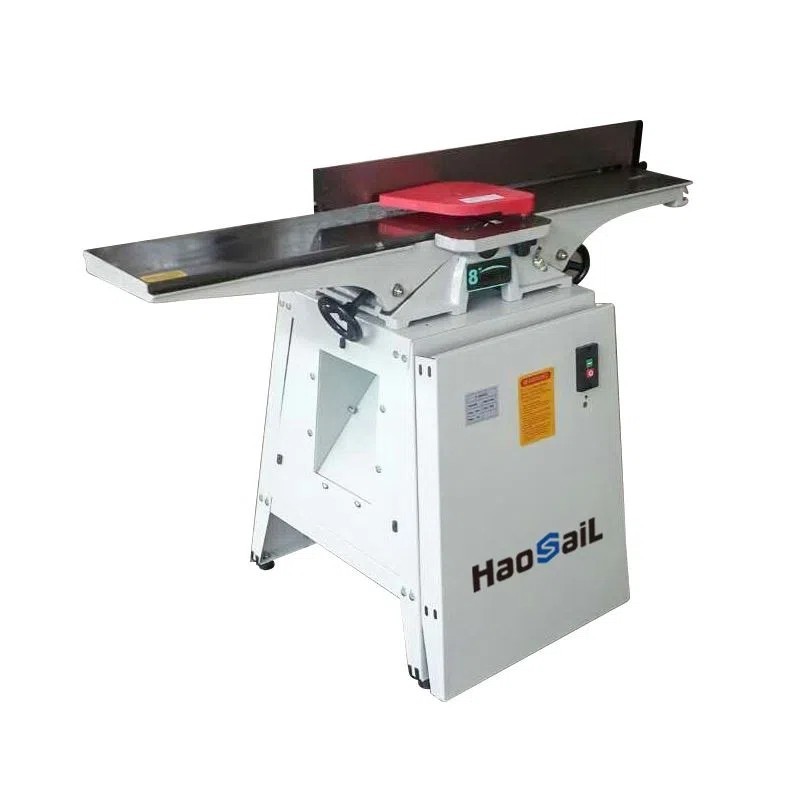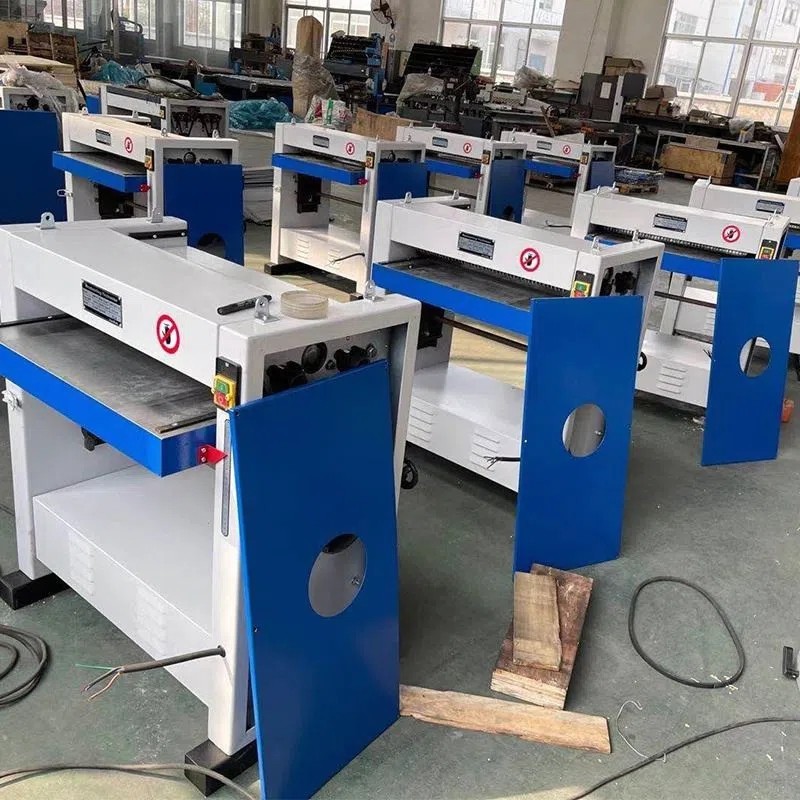
Aug 27, 2025

Aug 12, 2025

Jun 04, 2025

May 30, 2025
B4, Qingdao High-Tech Zone, No. 17 Songyuan Road, Qingdao.
+86 13864822549
Difference between woodworking planer and thicknesser:
Thicknesser is mainly used for planing thickness, and planer is used for planing.
When the planer works, people need to press the wood on it for processing. While the thicknesser only need to send the wood forward. There is no need for people to press, the working intensity is low, and the processing effect is good.
Woodworking planer: a woodworking machine that processes the plane or formed surface of wood with a rotating or fixed planer.
According to different process uses, woodworking planers can be divided into flat planer, single-sided thicknesser, double-side planer, three-side planer, four-side planer and polished planer.
Woodworking planer is used to plane one datum plane or two orthogonal planes of workpiece. The motor drives the planer shaft to rotate at high speed through the adhesive tape, and the workpiece is pressed by hand along the guide plate close to the front workbench to feed to the planer shaft. The front workbench is lower than the rear workbench, the height is adjustable, and the height difference is the thickness of the planing layer. Adjusting the guide plate can change the machining width and angle of the workpiece. The structure of seam planer is similar to that of plane planer, but the machining accuracy is high.

Planer is mainly used for processing the split surface of plates.
Woodworking thicknesser is used to planing plates and square materials to obtain accurate thickness. It is suitable for the processing of wooden parts of various furniture and vehicles. Its structure is also more complex and there are many types. At present, single-sided thicknesser is more commonly used.

The planer shaft of the single-sided woodworking thicknesser makes rotary cutting movement, and the four rollers located above and below the wood make the wood feed movement, and pass through the cutter shaft along the workbench. The double-sided woodworking thicknesser is processed by two cutter shafts at the same time. According to the different arrangement of cutter shafts, it can plane the opposite or adjacent sides of the workpiece. Three side woodworking thicknesser uses three cutter shafts to plane three sides of the workpiece at the same time. The four side woodworking thicknesser uses 4 ~ 8 cutter shafts to plane the four surfaces of the workpiece at the same time, which has high productivity and is suitable for mass production.